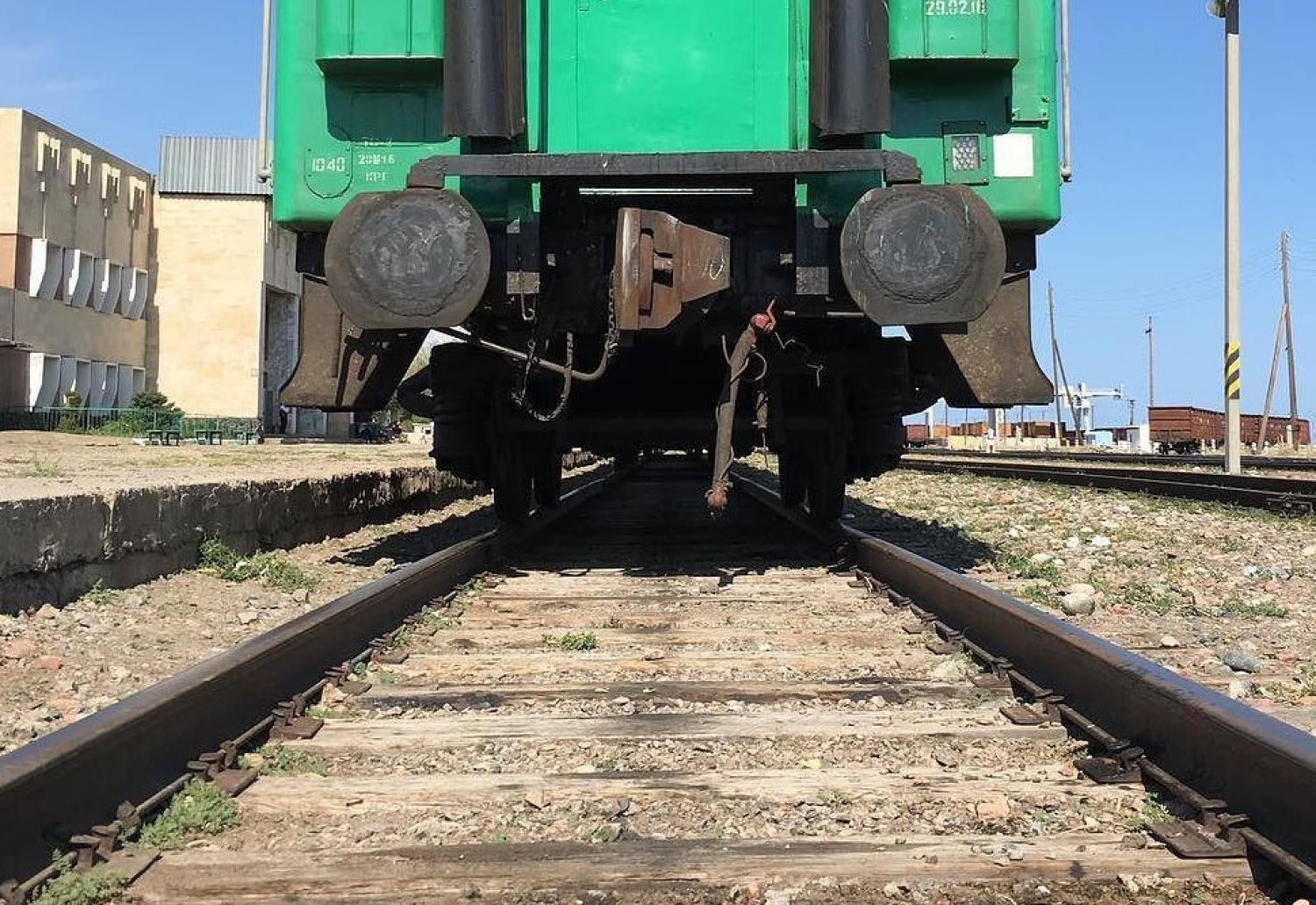At the China-Central Asia summit this month in Xi’an, China’s President Xi Jinping and Kyrgyzstan’s President Sadyr Zhaparov agreed to begin the construction of the China-Kyrgyzstan-Uzbekistan (CKU) railway “at an early date”.
Originally proposed in the 1990s, the CKU railway is expected to be about 523 kilometres long (213 kilometres in China, 260 kilometres in Kyrgyzstan, and 50 kilometres in Uzbekistan). With an estimated cost of US$4.5 billion, the track aims to become part of the southern route for the China-Europe freight rail, which would see trains running from China to Europe via Kyrgyzstan, Turkmenistan, Iran and Turkey. Doing so would reduce travel time by an estimated 900 kilometres and eight days, providing an alternative route to the current Kazakhstan-Russia transit route.
Although the official route has not been disclosed, a proposal by the Kyrgyz National Railway suggests that the railway in Kyrgyzstan will connect to China’s Kashgar Rail Terminus in Xinjiang (already part of China’s national rail network) and Uzbekistan’s rail network in Andijan via the Torugart-Arpa-Makmal-Jalal-Abad corridor.
The CKU railway holds significant potential for both landlocked Uzbekistan and Kyrgyzstan, providing access to Southeast and Western Asia as well as Turkish and Middle Eastern markets. Doing so could create a new strategic Eurasia logistic network along the Belt and Road Initiative (BRI) route, as well as contribute to the trade with other Central Asian countries.
For China, the CKU railway offers Beijing multiple advantages. It allows China to reduce its dependence on transiting Russia while maintaining rail trade with Europe. Additionally, the railway would support control in Xinjiang (also known as East Turkestan) and Beijing’s geopolitical interests in Central Asia. This also aligns with China's broader foreign policy objectives, including the BRI, which seeks to strengthen connectivity and economic cooperation across Eurasia.
In the 1990s, the collapse of the Soviet Union, the emergence of independent Central Asian states, and growing separatist movements forced Beijing to rethink its strategy for dealing with the western frontier and rising unrest in predominantly Turkic-Muslim-populated Xinjiang (Xinjiang Uyghur Autonomous Region). Beijing saw the Central Asian republics as key to Xinjiang’s security and preventing its potential to destabilise the Chinese Communist Party’s regime. In response, the Chinese central authorities launched the Great Western Development Strategy (also known as the “Go West” policy), promoting socioeconomic development in its resource-rich western regions, including Xinjiang and also Central Asia.
Over the years, Beijing has invested significantly in Central Asian states through energy, infrastructure, resource development as well as loans. The planned CKU fits with other projects (such as pipelines and roads) that aim to boost trade with and investment in Xinjiang and western China, while also using economic power as part of broader efforts to stabilise the region and prevent social unrest.
In return, Central Asian states publicly support Beijing’s stance on ethnic minorities in Xinjiang. Since 2017, the Chinese government is alleged to have arbitrarily detained more than a million Muslims, mainly Uyghurs (a predominantly Turkic-speaking ethnic group) in re-education camps in Xinjiang. Those not detained have been subject to widespread surveillance, religious restrictions, mass detention, forced labour, and forced sterilisation, among other human rights abuses, as various reports by international organisations, researchers and journalists have documented. The 2022 report from the United Nations Human Rights Office on allegations of abuses in Xinjiang noted, “the extent of arbitrary and discriminatory detention of members of Uyghur and other predominantly Muslim minorities … may constitute international crimes, in particular crimes against humanity”.
Yet Central Asian states have detained and sent Uyghurs and Kazak Muslims back to China as well as cracked down on cross-border activism. However, others point out that some neighbouring countries covertly sought the release of their citizens (or members of other ethnic groups) from camps and prisons in Xinjiang while maintaining public support for Beijing.

Despite potential benefits from the CKU railway, numerous challenges must be addressed before construction can begin. Kyrgyzstan’s mountainous terrain present a logistical difficulty. And technical problems must also be confronted. The wide gauge tracks prevalent in Kyrgyzstan date back to the Soviet era, as do many of the railways in Central Asian countries. This is different to the international standard gauge that China wants to use. The final decision on the gauge will also affect the length of time it takes for the trains and cargo to arrive at their destination.
Other concerns should also be considered. In recent decades, politicians in Kyrgyzstan have questioned the expected economic benefits of the CKU railway. China and Uzbekistan are keen for the CKU railway to use the shortest route through Kyrgyzstan, without stops in major Kyrgyz settlements. However, Bishkek would prefer to build a longer route running through larger population centres to create employment opportunities for locals.
There are also public concerns in Kyrgyzstan that construction of the CKU railway will result in greater Chinese migration and potentially increase Kyrgyzstan’s external debt to China.
While the CKU railway has the potential to reshape Eurasian connectivity, questions about routes, technical challenges, financial and geopolitical concerns related to the project are yet to be overcome.
Main image via Flickr user Jon Worth

